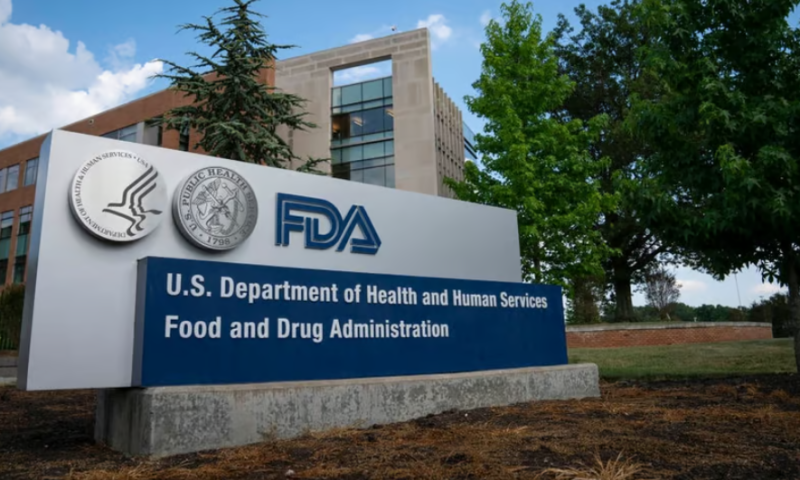The FDA’s nascent Safer Technologies Program, or STeP, is getting a major glow-up.
Half a decade after first proposing the program—which aims to speed up the regulatory review process for new devices that could potentially improve the safety of currently available treatments and diagnostics—the agency has handed out its first clearance for a STeP-selected device, it announced this week.
That milestone came courtesy of Endolumik’s fluorescence-guided gastric calibration tube, which aims to improve accuracy in gastric and bariatric surgical procedures.
“Our mission is to provide surgeons with additional visual cues to succeed in the operating room,” Nova Szoka, M.D., co-founder and chief medical officer of Endolumik, said in a company release Friday. “We believe the enhanced visualization that our device provides will help surgeons standardize surgical outcomes for sleeve gastrectomy, and this will translate to improved patient outcomes.”
Esophagogastric calibration systems, commonly referred to as bougies, are used to help guide weight-loss and other gastric surgeries. During a sleeve gastrectomy, for example, a bougie is inserted into the stomach, where it provides measurements and a line along which surgeons can staple off a section of the stomach for removal.
However, current versions of the device require doctors and robotic surgery systems to make that separation somewhat blindly, moving by feel along the line of the bougie. If done improperly, the resulting gastric sleeve may be too large, minimizing the expected effects of the weight-loss surgery, or too small—which can result in leaks or full ruptures along the staple line. That approach may also lead to the bougie itself being caught in the staples.
Endolumik’s device, meanwhile, is meant to cut down on those complications, thanks to the green glow of its fluorescent tube. The bougie emits near-infrared (NIR) light that can be detected through the thick stomach tissue by any endoscopic camera, surgical robot or other laparoscopic tool that’s able to pick up on NIR-spectrum light, giving surgical teams a clearer view of the placement of the tube.
Additionally, Endolumik’s bougie is equipped with a suction tool to help drain gastric fluids as needed—a task typically performed with a separate tool that’s swapped in after the bougie is removed.
With FDA clearance secured, Endolumik said it will begin distributing its gastric calibration tube to “select hospitals and health systems” in the U.S. this spring. The company also plans to develop a wide range of other fluorescence-guided tools to improve visualization throughout surgical procedures, CEO Mara McFadden said in the release.
After first outlining plans for the Safer Technologies Program in early 2018, the FDA put together official guidance for the program, which was enacted in 2021. STeP was introduced just as the agency was putting the final touches on a sister program offering breakthrough-device designations. Both programs are designed to prioritize the review of novel devices and software programs that are poised to significantly improve current methods for diagnosing and treating diseases.
But, while the breakthrough-device designation is reserved for technologies indicated for life-threatening or irreversibly debilitating conditions—many of which are underserved by current medtech offerings—those tapped by STeP target relatively less serious conditions that are nonetheless in need of safer diagnostic and therapeutic options.

